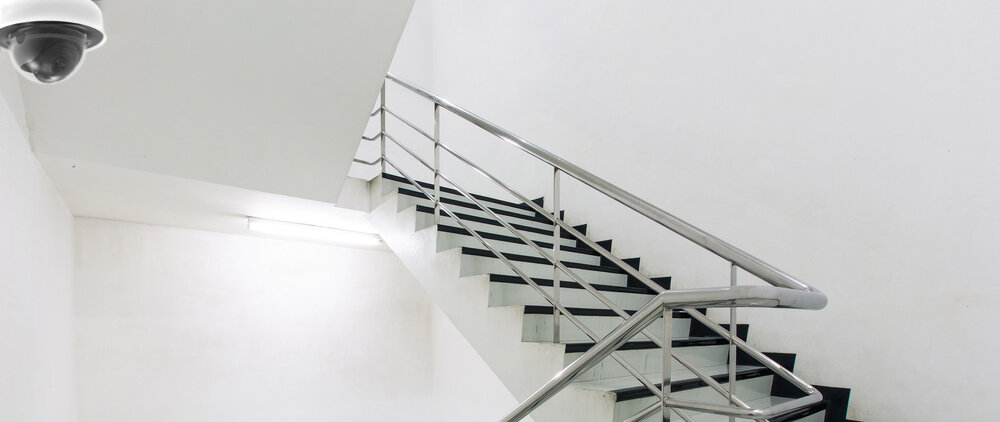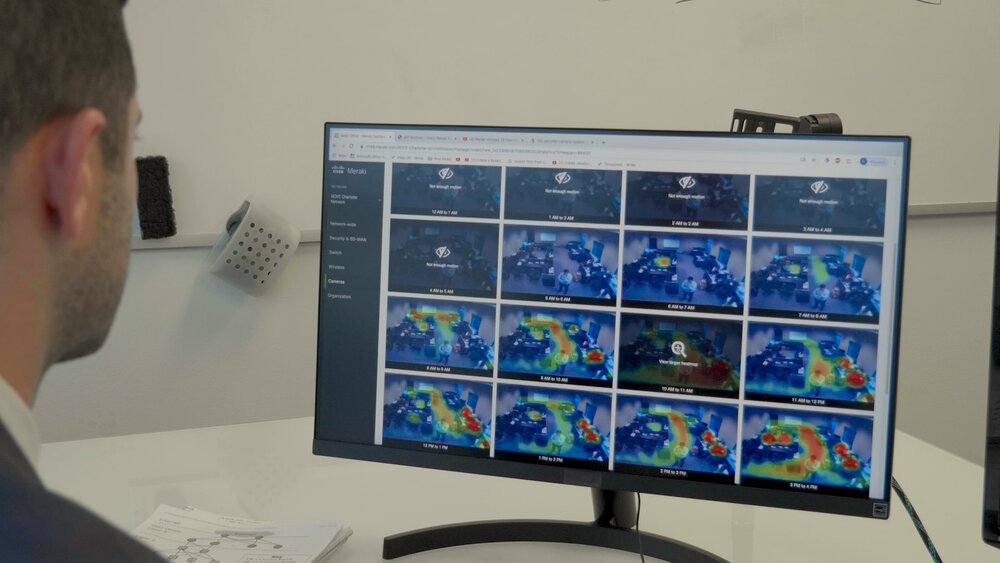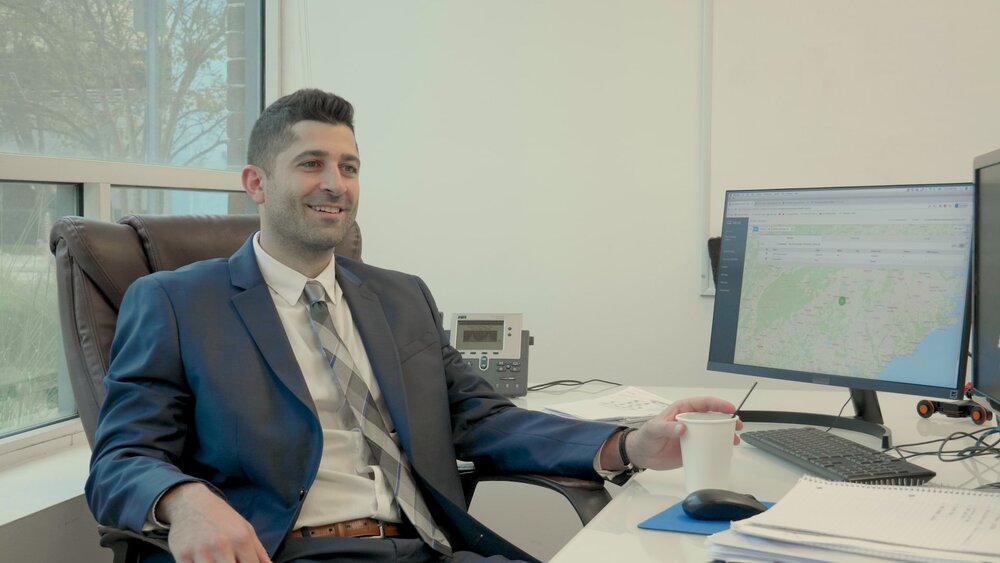It felt like the whole office was holding in their delight at the news of a competitor’s cybersecurity attack, but Ted was worried.
His own firm, Simpson & Jones Law, had just opened a new branch, and Ted, the IT Manager, was charged with overseeing its network infrastructure.
Ted knew all too well the value their client data would provide to hackers. Knowing also that his organization’s on-premises security was the weakest link in its security posture, he figured this news might help him sway his boss into approving a serious security investment.

Cybersecurity Through Perimeter Security
Months after their competitor’s cybersecurity incident, Ted felt vindicated. News reports later shed light on the hackers, revealing them to be a highly organized and methodical group suspected of targeting small and medium-sized law firms.
The organization was rumored to use a variety of sophisticated methods to surveil and hack law firm data, carefully devoting months at a time to research each organization’s tech and security systems before stealing client data, either holding it for ransom or selling it on the dark web.
Needless to say, Ted’s boss Yvonne approved the budget to fast-track a new, on-premises security system.
Two Cisco Meraki cameras now overlooked the broad stairwell at the office’s entrance. An additional camera was placed at the reception desk, another for the lunchroom, one more for the emergency stairwell and the final covering the IT storage room, which housed the backup servers.

Ted connected the cameras to the Meraki dashboard—the interface he uses to manage the organization’s network infrastructure and security. He configured the platform’s motion detection feature, which saves on data storage by only recording when the cameras
sense motion.
He used the Meraki platform to identify areas of interest within each camera’s coverage area, which help filter out false positives by only capturing motion in those particular parts of the camera’s view. Ted placed points of interest on the two turns walkers would need to pass through to climb the stairs, as well as on specific devices and the door to the server room.

When the Worst Happens
Months later, while enjoying a long-overdue vacation in Santa Barbara, Ted received a series of urgent texts early in the morning from
his boss.
There had been a break-in, and client data was missing from the database. Quickly identifying the hackers was the only way to ensure the recovery of their digital assets and understanding the extent of the attack.
While still on the beach, Ted navigated to the Meraki dashboard from his phone and quickly isolated the motion alerts from the previous night. Altogether, 11 images were recovered, revealing the perpetrator behind the break-in.
Someone had been able to sneak into the office and install malware on the computer at reception. Luckily, the cameras had been positioned to perfectly catch the hacker’s face. Perhaps even luckier was the fact that Ted could quarantine the reception computer via the Meraki dashboard to prevent any malware from spreading.
Ted sent his boss the images and told her to keep him abreast of the investigation. He closed his phone and waded into the Pacific Ocean, wondering what might become of this evidence.
What If Yvonne Hadn’t Approved Meraki?
If Yvonne hadn’t approved Ted’s budget for Meraki, Simpson & Jones wouldn’t have had the means to identify the breach when it happened, let alone stop it from spreading and catching the perpetrators.
Instead, the infection would have reached the network and spread, compromising nearly all of their client data. The company would have quickly learned that the virus was ransomware, holding the data hostage for a hefty price. And without the means to find the attackers, the company would have had two options: pay the ransom in the hopes the hackers would uphold their end of the bargain, or leave the client data behind.
Either way, Ted, the point person for the firm’s IT security, would have been sent packing (and not to Santa Barbara).

One day before Ted was to leave, he was on a conference call with his boss. Apparently, Ted’s images had helped law enforcement identify the perpetrator, who was quickly apprehended—that is, after being connected to another three hacks. Law enforcement helped Simpson & Jones regain access to the client data without paying the ransom the hacker demanded.
If you, like Ted, worry about the increasing likelihood of experiencing a cyberattack, ROVE is available as a true consulting partner. Through our consulting-led approach, we help your organization navigate the complexity of modern security, assisting you in discovering the best tech beneath the hype.